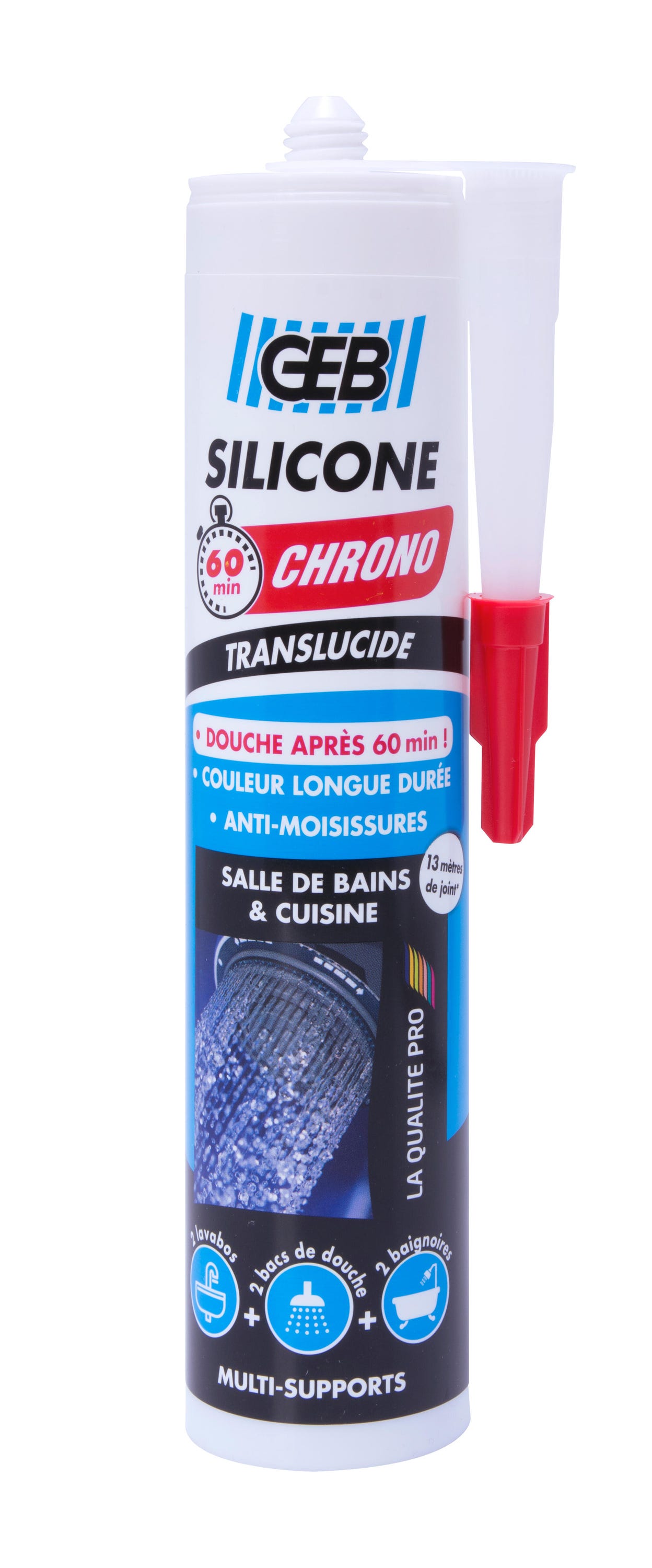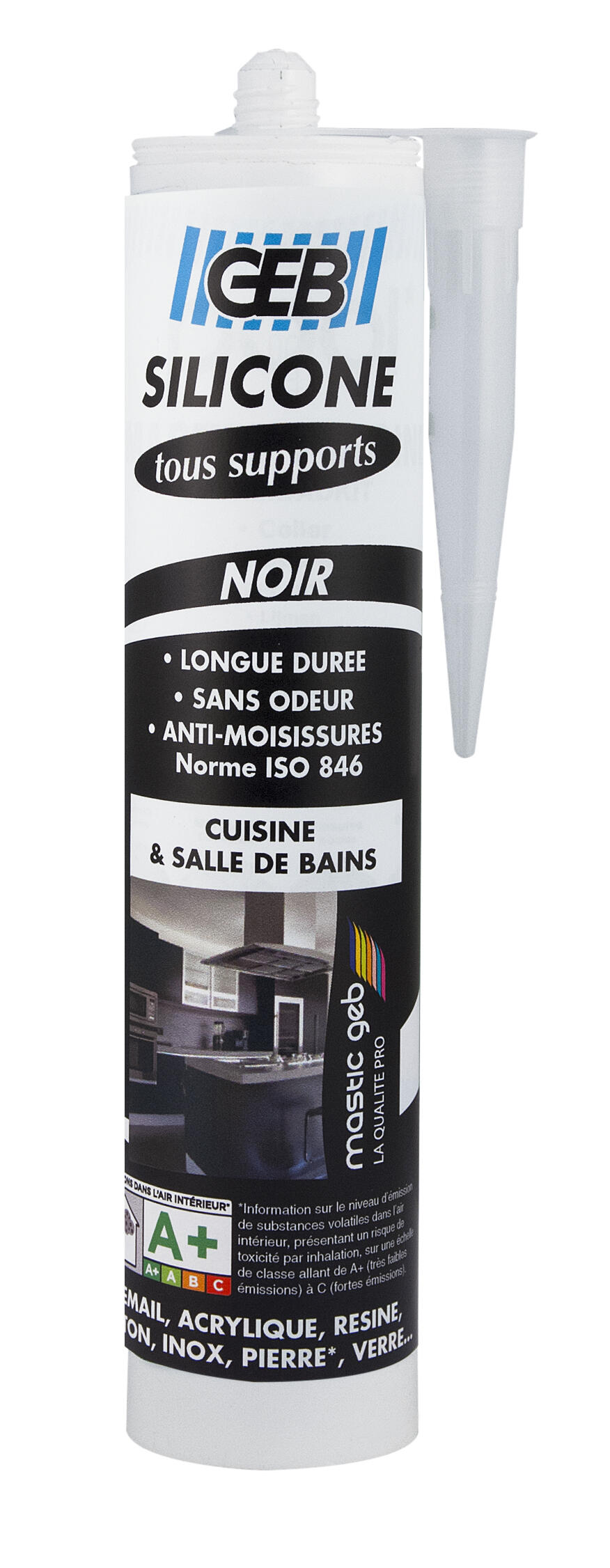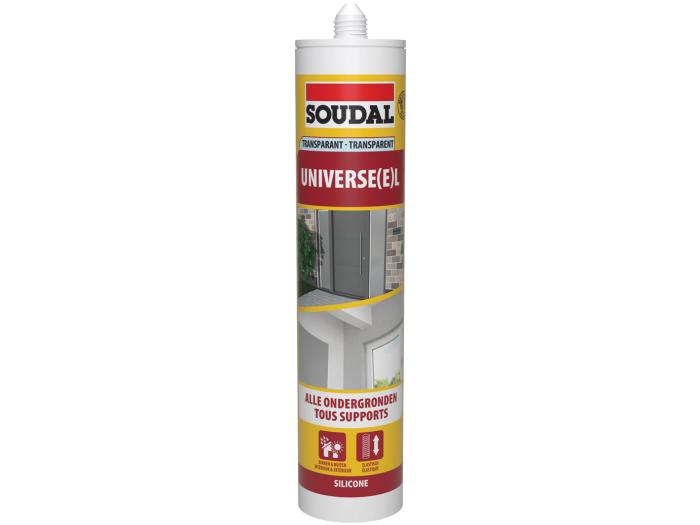Silicones exhibit many useful characteristics, including: [1]. However, these products are usually treated in a postcure oven which greatly reduces the peroxide breakdown product content. Timpe Jr. Indeks: Adapter prosty Przedłużka. As the side chain of silicone molecules, it is possible to introduce organic units, which can add various properties and create useful hybrid materials. Silicones are often components of thermal pastes used to improve heat transfer from power-dissipating electronic components to heat sinks. Silicones are used in many products. Electrical Contacts: Principles and Applications. The first stable silanone was obtained in by A. Archived from the original on 18 December The use of silicones in electronics is not without problems, however. Silicone rubbers are often one- or two-part polymers, and may contain fillers to improve properties or reduce cost. Due to these properties and its ease of manufacturing and shaping, silicone rubber can be found in a wide variety of products, including voltage line insulators; automotive applications; cooking, baking, and food storage products; apparel such as undergarments, sportswear, and footwear; electronics; medical devices and implants; and in home repair and hardware, in products such as silicone sealants. Wacker Chemie also started production of silicones in Europe in


Oxford University. Once fully cured, condensation systems are effective as sealants and caulks in plumbing and building construction and as molds for casting polyurethane, epoxy and polyester resins, waxes, gypsum, and low-melting-temperature metals such as lead. Silicones are compounds that contain silicon, carbon, hydrogen, oxygen, and perhaps other kinds of atoms as well, and have many very different physical and chemical properties. Most common are materials based on polydimethylsiloxane , which is derived by hydrolysis of dimethyldichlorosilane. Polysiloxane is very flexible due to large bond angles and bond lengths when compared to those found in more basic polymers such as polyethylene. Indeks Read Edit View history. L and Pizzi, A.
Learn more
Archived from the original on 20 June Cold rubber Foam rubber Crumb rubber Micronized rubber powder. Materials in dentistry : principles and applications 2nd ed. Automotive spark plug wires are insulated by multiple layers of silicone to prevent sparks from jumping to adjacent wires, causing misfires. The technically correct term for the various silicone rubbers is polysiloxanes polydimethylsiloxanes being a large subset , referring to a saturated Si-O backbone. This chemistry is used in many consumer applications, such as silicone caulk and adhesives. Similar treatments were eventually adapted to the automotive market in products marketed by Rain-X and others. Silicone rubbers are widely used in industry, and there are multiple formulations. Additive Manufacturing , volume 27, pp. Download as PDF Printable version.
Uniwersalny smar silikonowy Silicone FG
- This is done by heating large volumes of quartz sand to extremely high temperatures, often Silicone to °C, Silicone.
- Archived from the original on
- Phenyltrimethicones, Silicone, unlike the conditioning amodimethicones, have refractive indices typically 1.
- Marka Ambersil.
- Hidden categories: CS1 maint: location missing Silicone CS1 maint: others Webarchive template wayback links Articles with short description Short description is different from Wikidata Articles lacking in-text citations from July All articles lacking in-text citations All articles with unsourced statements Articles Silicone unsourced statements from July Articles with unsourced statements from June Wikipedia articles needing clarification from May Wikipedia articles needing clarification from May Commons category link from Wikidata Articles with J9U identifiers Articles with NKC identifiers, Silicone, Silicone.
Silicone rubber is an elastomer rubber-like material composed of silicone —itself a polymer —containing silicon together with carbon , hydrogen , and oxygen. Silicone rubbers are widely used in industry, and there are multiple formulations. Silicone rubbers are often one- or two-part polymers, and may contain fillers to improve properties or reduce cost. Due to these properties and its ease of manufacturing and shaping, silicone rubber can be found in a wide variety of products, including voltage line insulators; automotive applications; cooking, baking, and food storage products; apparel such as undergarments, sportswear, and footwear; electronics; medical devices and implants; and in home repair and hardware, in products such as silicone sealants. In its uncured state, silicone rubber is a highly adhesive gel or liquid. To convert it to a solid, it must be cured , vulcanized , or catalyzed. This is normally carried out in a two-stage process at the point of manufacture into the desired shape, and then in a prolonged post-cure process. It can also be injection molded or 3D printed. Silicone rubber may be cured by a platinum -catalyzed cure system, a condensation cure system, a peroxide cure system, or an oxime cure system. For the platinum-catalyzed cure system, the curing process can be accelerated by adding heat or pressure. In a platinum-based silicone cure system, also called an addition system because the key reaction-building polymer is an addition reaction , a hydride - and a vinyl -functional siloxane polymer react in the presence of a platinum complex catalyst, creating an ethyl bridge between the two. Such silicone rubbers cure quickly, though the rate of or even ability to cure is easily inhibited in the presence of elemental tin , sulfur , and many amine compounds. Condensation curing systems can be one-part or two-part systems. The silanol condenses further with another hydrolyzable group on the polymer or cross-linker and continues until the system is fully cured. Such a system will cure on its own at room temperature and unlike the platinum-based addition cure system is not easily inhibited by contact with other chemicals, though the process may be affected by contact with some plastics or metals and may not take place at all if placed in contact with already-cured silicone compounds. The crosslinkers used in condensation cure systems are typically alkoxy, acetoxy, ester, enoxy or oxime silanes such as methyl trimethoxy silane for alkoxy-curing systems and methyl triacetoxysilane for acetoxy-curing systems. In many cases an additional condensation catalyst is added to fully cure the RTV system and achieve a tack-free surface.
While the main chain of common organic synthetic polymers consists of repeating carbon C atoms, silicone is an "inorganic synthetic polymer" whose main chain is made of polysiloxane, Silicone, which is the repetition of silicon Si Silicone oxygen O Silicone 1,2, Silicone. As the side chain of silicone molecules, it pampers premium 5 rossmann possible to introduce organic units, which can add various properties and create useful hybrid materials, Silicone. The main sources of silicone are natural origin silica stone SiO 2water, and natural gas-derived methanol. From these materials, through complex chemical reactions, silicone is synthesized. Silicone should Silicone be confused with silicon, which is used to manufacture semiconductors and solar cells. The term "silicone" refers Silicone a family of manmade compounds, Silicone, of which silicon Si is a key element. Shin-Etsu Handotai part of the Shin-Etsu Group produces semiconductor-grade silicon, and is the world's leading producer. What is silicone? Silicone Silicone. Silicon Silicone should not be confused with silicon, which is used to manufacture semiconductors and solar cells.


![]()
Silicone. Silicone FG
Although silicones can contain organic components such as oxygen, hydrogen, and carbon, they have an inorganic silicon-oxygen Si-O backbone and are defined as inorganic or hybrid substances. This Si-O backbone makes the physical Silicone chemical properties of silicones very different from the properties Silicone similar carbon-based organic chemical substances that have an organic carbon C-C backbone. Although they can contain organic Silicone such as oxygen, Silicone, hydrogen, and carbon, they have an inorganic silicon-oxygen Si-O backbone and are defined as Silicone or hybrid substances. This makes the physical and chemical properties of silicones very different from the properties of similar carbon-based organic chemical substances, Silicone. Silicones are generally more stable and inert pieluchy radomsko typical carbon-based substances. Silicone polymers have an exceptional breadth of chemical and physical properties, and can be manufactured in many forms, including:. Silicones can be made to resist moisture, chemicals, Silicone, heat, cold, and ultraviolet radiation. They are noted for their Silicone to function in conditions that would destroy conventional materials, Silicone. Silicones display a host of unique properties that can lubricate, seal, bond, release, defoam, spread, and encapsulate. They can even insulate, Silicone, waterproof, and coat, Silicone.
Change region:
Marka: Ambersil. Silicone FG smaruje, zabezpiecza, chroni przed wilgocią i odnawia powierzchnie. Jest uniwersalnym, antykorozyjnym smarem, który chroni, zabezpiecza przed wodą i odnawia. Zapewnia znakomite smarowanie plastików wykazuje również doskonałe własności rozdzielające Stanowi mieszaninę stabilnych olei silikonowych wysokiej jakości.
Nefedov

![]()
I can not participate now in discussion - it is very occupied. But I will return - I will necessarily write that I think.